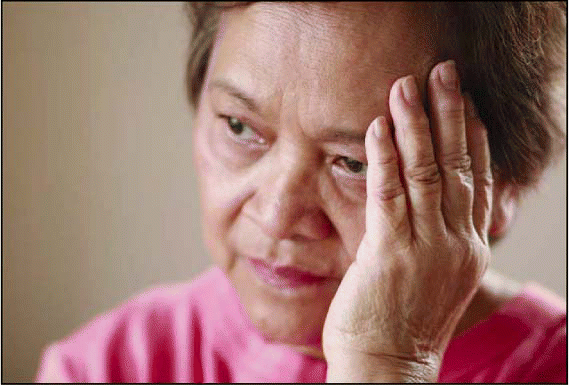
Explore This Issue
November 2007Ménière’s Disease and Migraine-Associated Dizziness
Migraine and Ménière’s disease overlap in a small percentage of patients, said Robert A. Battista, MD, Assistant Professor of Clinical Otolaryngology at Northwestern University in Chicago. The prevalence of migraine in the United States is 3.5% and the prevalence of Ménière’s disease is 0.3%.
Ménière’s disease is characterized by more than two episodes of rotational vertigo lasting from 20 minutes to 24 hours. Ménière’s is accompanied by sensorineural hearing loss, tinnitus, or aural fullness, and other causes of hearing problems should be excluded before the diagnosis can be made.
Dr. Battista said that 10% of migraineurs have aura, and that vertigo can be an aura. Migraine aura develops over five to 20 minutes and lasts from five to 60 minutes. Up to 80% of migraine patients experience a prodrome phase prior to onset of headache pain. Manifestations of the prodrome include irritability and changes in mental status, yawning, dizziness, and nausea or vomiting.
Overlapping symptoms of migraine and Ménière’s disease include vertigo, hearing loss, tinnitus, aural fullness, and drop attacks; symptoms exclusive to migraine are photophobia, phonophobia, aura, and migraine headache. If patients have any of the migraine symptoms and are dizzy, think migrainous vertigo, Dr. Battista told the audience.
Migraine-associated dizziness is accompanied by vertigo in 50% of cases, and more than 25% of the time the vertigo lasts more than 24 hours; by contrast, episodes of Ménière’s dizziness are shorter. In addition to vertigo, patients with migraine-associated dizziness may experience nonvertiginous dizziness, such as lightheadedness and disequilibrium. Hearing loss in migraine-associated dizziness is not progressive, but it is with Ménière’s disease.
Medical Therapy for Migraine-Associated Dizziness
Patients with migraine-associated dizziness are frequently bounced around from doctor to doctor because they are often misdiagnosed, said Joel A. Goebel, MD, Professor and Vice-Chair of the Department of Otolaryngology-Head and Neck Surgery at Washington University School of Medicine in St. Louis.
The million-dollar question is, ‘Are you photophobic with your dizzy spell?’, he told listeners. If the answer is yes, give the patient a migraine-elimination diet and a six-week trial of prophylactic medications.
The medications Dr. Goebel suggested are both off-label and on-label. His first choice is nortriptyline, 25 mg to 75 mg/day administered in graduated doses taken at night. Most female patients are controlled on 25 mg to 50 mg/day, and most men require 50 mg to 75 mg/day. Side effects are dry mouth, minimal weight gain, increase in blood pressure (adjust dose of nortriptyline), and palpitations. Female patients should be advised not to get pregnant if taking nortriptyline, Dr. Goebel said.
Leave a Reply